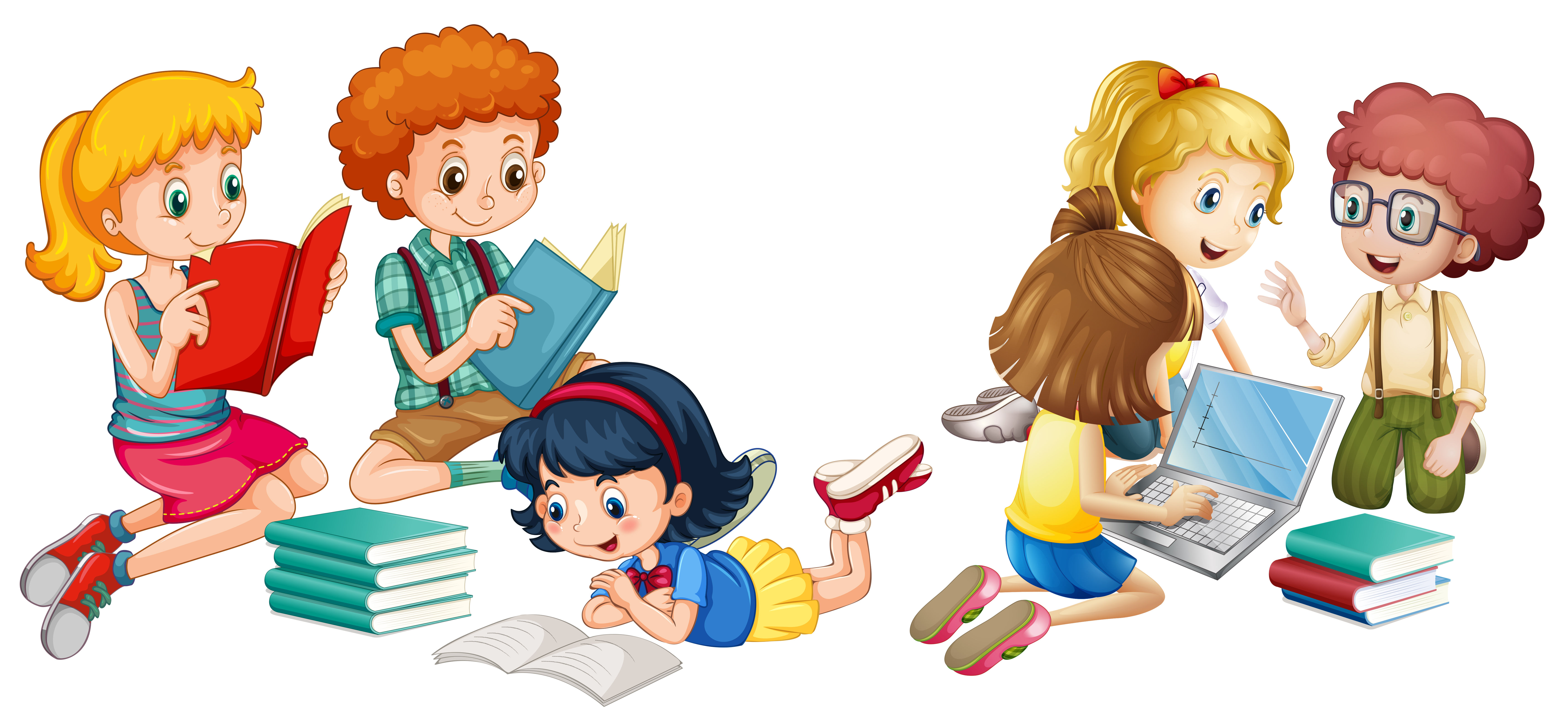Interactive Storytelling in the Classroom


Storytelling has long been recognized as a powerful tool for teaching and learning. It captivates our imagination, evokes emotions, and helps us make sense of the world around us. In the modern classroom, interactive storytelling takes this age-old practice to new heights, leveraging multimedia elements and technology to engage students in dynamic learning experiences.
Exploring Interactive Storytelling: Interactive storytelling goes beyond traditional methods by incorporating multimedia elements such as videos, audio clips, animations, and interactive presentations. This approach transforms passive listeners into active participants, immersing them in the narrative and encouraging deeper engagement with the content.
Practical Examples:
- Digital Storybooks: Instead of simply reading a story aloud, educators can create digital storybooks with multimedia elements such as animations, sound effects, and interactive features. Students can interact with the story by clicking on characters or objects to reveal additional information or plot twists.
- Interactive Presentations: PowerPoint presentations and other slide-based tools can be enhanced with interactive features such as clickable links, embedded videos, and interactive quizzes. This allows educators to deliver content more engagingly and dynamically, encouraging active participation from students.
- Role-playing and Interactive Discussions: One way for students to engage in storytelling is by actively participating in role-play activities or interactive discussions. This enables readers to actively shape the narrative and better understand its themes and messages. For example, they can take on the roles of characters in a historical event or engage in a debate about the outcome of a story.

Implementation Tips:
- Start Small: Incorporate simple interactive elements into your storytelling activities, such as adding images or sound effects to a storybook.
- Use Technology Wisely: Choose technology tools and platforms that enhance the storytelling experience without overwhelming students or detracting from the narrative.li>
- Encourage Collaboration: Invite students to collaborate on storytelling projects, allowing them to contribute their ideas, perspectives, and creativity to the narrative.
Interactive storytelling holds immense potential for transforming the learning experience in the classroom. By leveraging multimedia elements and technology, educators can engage students in dynamic and immersive learning experiences that spark curiosity, foster creativity, and deepen comprehension. So, unleash your creativity and bring your lessons to life through interactive storytelling!






